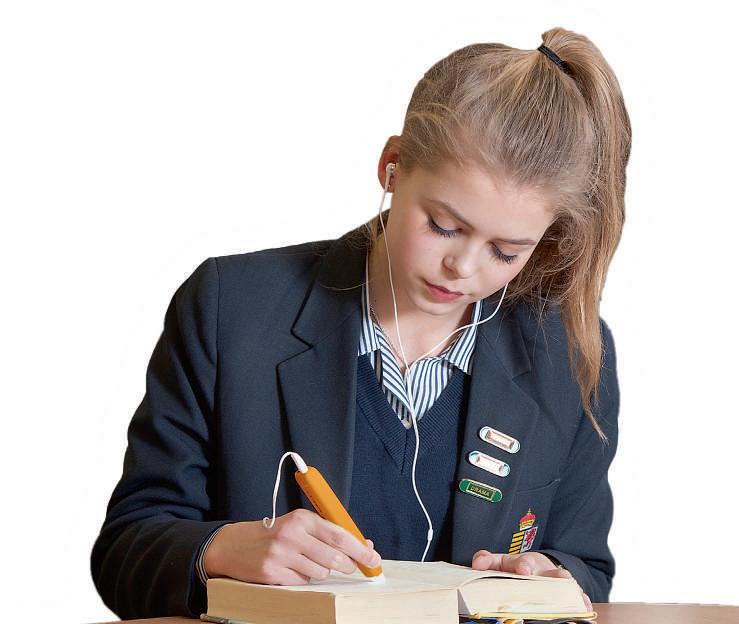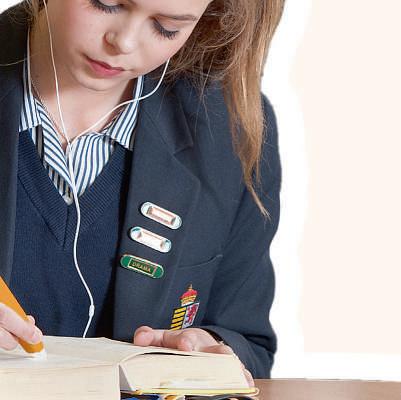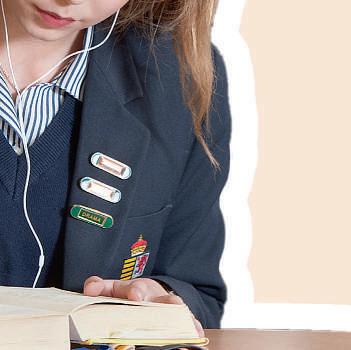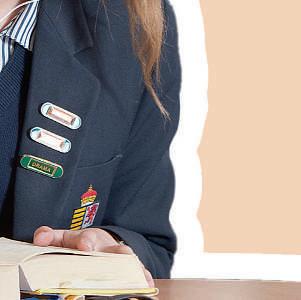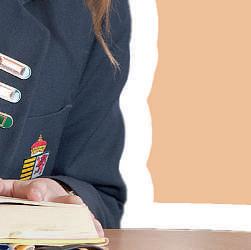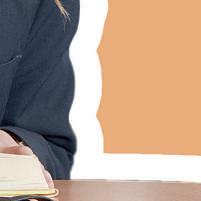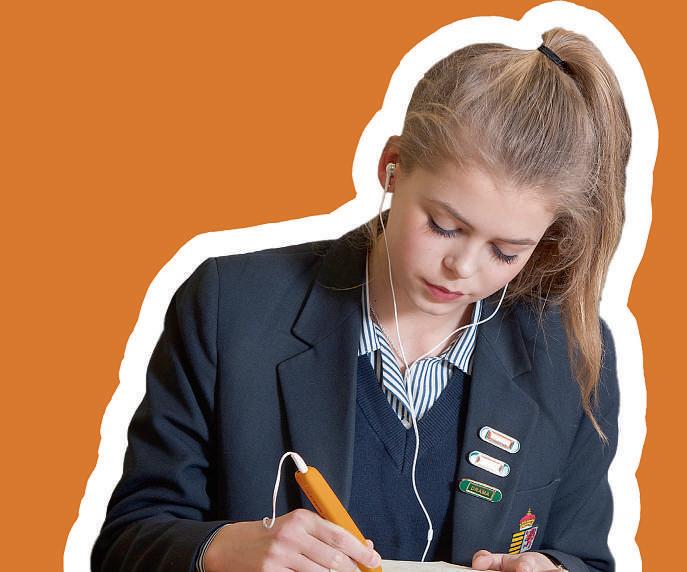
2 minute read
Can amodel limit your perspective?
Miriam Walker looks at howschools can widen their understanding of thedifference of autism.
Ananimal is approaching. It’sa dog; itstailis wagging, it looks safe, Irecognise it. It’s okay.
Miriam Walker
Miriam Walker is a senior lecturer at Winchester University specialising in the area of additional needs. Her doctorate focused on perspectives, understanding and relationships between teachers and pupils with autism. She provides support for schools who want to deepen their understanding of the difference of autism.
As human beings we quickly assimilate methods of categorising eventsand objects to help us make sense of our world.A mental array of modelsand branching diagramsare used at great speed,and often with little conscious thoughttoguide thedecisions we areconstantlymaking.Formedfrom early experiences, these become strengthenedovertimeaschoices,both sub-conscious andconscious. Takento extremes,thesemodels provide ourspecies withapositivefilter, resulting in survivalof the fittest. However,although they might at times be vital in keepingussafe, without challenge and careful consideration they can havethe drawback of becoming limiting and divisive.They arethe basis of stereotype, and we thereforeneedto be mindful.
Over the decades,and particularly since the industrialrevolution,a subdivision grewbetween individuals who were considered eitherdisabled or able-bodied.
Medical professionals created labelsfor setsofcharacteristics wherecertain groups of people were recognisedassimilarly but clinically different from the norm
Theselabelswere recognisedasvaluable in assisting recognitionoftypes of need and in providinga faster array of treatment options forsome conditions. They were therefore useful in certain circumstances, butthe differences highlighted since 1952 throughthe medicalisation of disabilityin the variouseditionsofthe Diagnostic and Statistical Manuals were listed as deficits Recognised educationally significant labels such as autism, dyslexia and ADHD fall within this realm and, although as educatorswe do notprovide thelabels, we areexpected to respondtothem.
The 1980sbrought about significant change in howdisabilitywas viewed, with theintroductionofthe social model of disability. The medical modelhad previously considered that disability wasthe dilemma of the individual who needed treatment that wouldbeprovidedbyprofessionals. The socialmodelproposed that disability could be limiting to theindividual because of the conventions andstructuresofsociety that hadbeencreated by thenorm, forthe norm. Mindsetswerechallenged,buildings were alteredand,inschools,changesweremade to overcome‘barrierstolearning’ (SEN[D] Code of Practice: DfES, 2001; DfEand DoH, 2015). Many teachersembraced this shift, andthe more proactive route they could takethrough makingchanges to theirlessondeliveryand adapting the classroom environment for pupils with particular diagnoses. They welcomed the socialmodeland,inturn, begantoshun the limitations of the medical model.
But, as with all models, mindfulness is essentialtoavoid slipping towardsunhelpful aspects of practice.The danger with focusing forall: strong schools with greatteachersfor your child’ (HM Government 2022) warns that ‘bylooking through the lens of apupil’s characteristics we sometimesmiss theneeds of children who do not acquire thelabelofhaving aspecial educational need or disability or being disadvantaged. We need to pivot to asystem whereall childrenreceive theright support, in the right place, and at therighttimebased on their need …without requiring alabel’(p.36-37). solelyonthe social model is that educators could believe that, with theright resources in the correct environment,a child’sdisabilitycan be overcome. Whilst adaptations aregoing to be beneficial in optimising learning, thechild will inevitably still have the previously defined medical characteristics of their ADHD,autism, dyslexia,etc. thatresulted in the diagnosis in the first place.Although at times it is necessary to remain cognisant of information regarding aspects of difference that are provided through both the medical andthe social modelsof disability, in ordertomaximisethe strength of ourhuman diversity we must turntoholistic profiles that celebrate differenceand uniqueness.
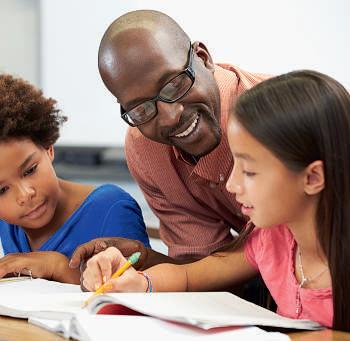
Thiswill shift thefocus fromthe deficits of specificcharacteristics thatseparate ‘us’ from ‘them’tofindingopportunities to maximise individual potentialand strengthen ourhuman variation. The recentpublication ‘Opportunity
Therefore, knowledge of areasofneedthat could be encounteredwithin oureducation systemwillstillbenecessary,aswill awarenessofstrategies andresources that will minimise thepotential gap. Thesecan be acquired and assimilated with theinteractive model of disability which incorporates informationfromboth the medicaland socialmodelsofdisability
But now, instead of focusingonthe label of autism, ADHD, dyslexia,etc. we will see children first and foremostinour classrooms with arichdiversity of backgrounds, experiences andabilities.Thesewillbewhat we focus on, andnot their labels. In doing so, we canbetter avoidpotentially limiting expectations, and instead welcome thechallenge and energy of acan-doapproach to acurriculumina classroomrichwithvaried opportunity
